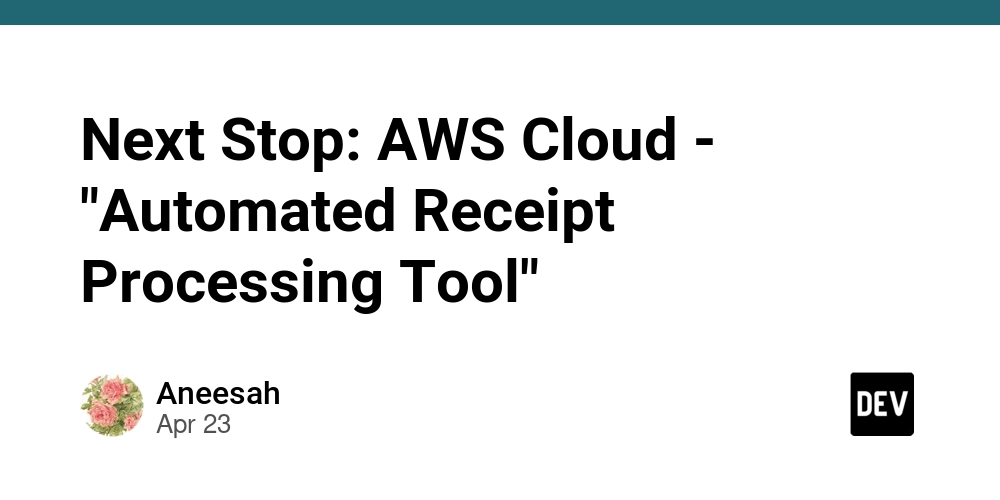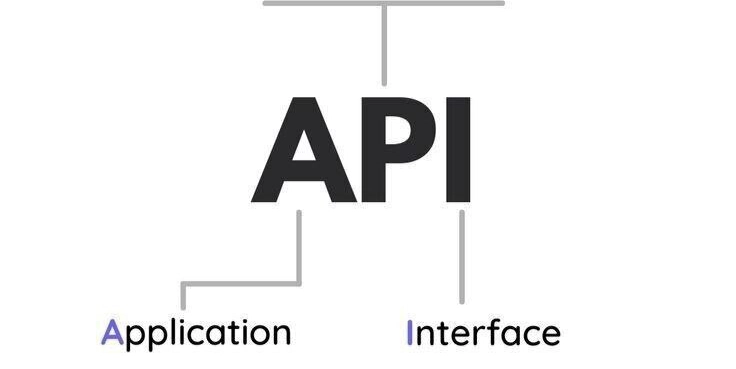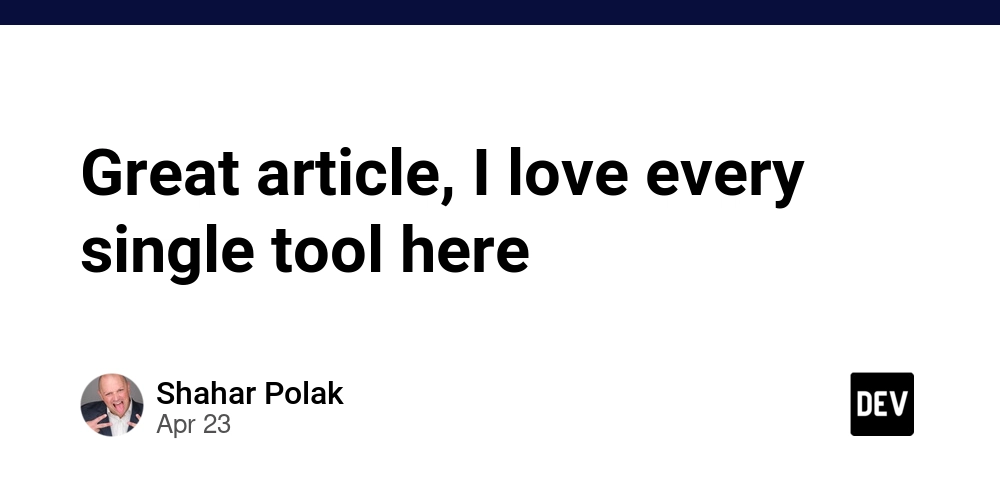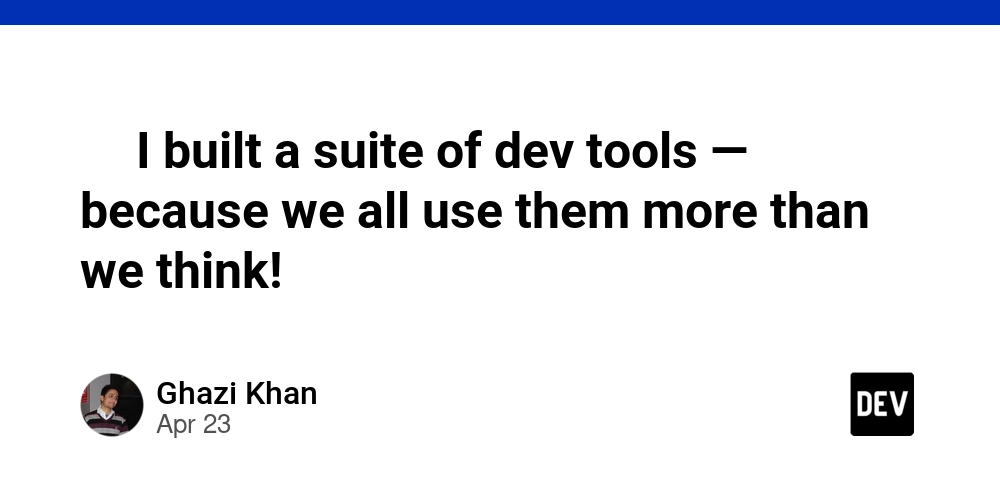
Text-to-SQL for Dummies: Ask Your Database Questions in Plain English
Ever wished you could get answers from your database just by asking questions in plain English? Learn how! This guide provides a simple tutorial on Text-to-SQL, making database querying accessible to everyone using the PocketFlow Text-to-SQL example!
Turn Natural Language Questions into SQL Queries: A Beginner's Guide
Struggling to write complex SQL queries? Tired of wrestling with SELECT * FROM ... WHERE ... syntax? Text-to-SQL offers a powerful solution, allowing you to interact with your database using natural language. In this tutorial, you'll discover the fundamentals of converting natural language questions into SQL queries using Large Language Models (LLMs) and building a working Text-to-SQL system with minimal code. Discover how to translate your English questions to SQL for efficient access to your data.
How Text-to-SQL Works: From Question to Answer
Imagine having a super-smart data analyst assistant. Here's how they (and a Text-to-SQL system) would tackle your questions:
- Understand the Database: The assistant examines the database structure, identifies tables (e.g.,
customers,orders,products), and their corresponding columns (name,email,order_date,price). - Translate the Request: Based on your question and the database layout, the assistant crafts the precise SQL code needed to retrieve the information.
- Fetch the Data: The SQL code is executed against the database, retrieving the requested data.
- Handle Errors: If the database returns an error, the assistant analyzes the error message, corrects the SQL code, and re-attempts the query.
- Present the Results: The assistant presents the retrieved data in a clear and understandable format.
Text-to-SQL systems automate this entire process, turning everyday language into powerful database queries!
Step-by-Step Breakdown of a Text-to-SQL System
Let's break down the key steps involved in a Text-to-SQL workflow.
Step 1: Understanding the Database Layout (Schema)
Before answering any questions, the system needs a map of the database, known as the schema. This schema details the tables, columns, data types, and relationships within the database.
- Tables: Main categories of data (e.g.,
customers,products,orders). - Columns: Specific pieces of information within each table (e.g.,
customer_id,first_name,email,city). - Data Types: The type of information stored in each column (e.g., text, numbers, dates).
- (Optional) Relationships: How tables connect to each other (e.g., an order belongs to a customer).
Without a schema, the system is effectively guessing. Typically, the system automatically retrieves this information from the database using commands like PRAGMA table_info in SQLite. Understanding the database schema is critical for generating accurate SQL queries from natural language questions.
Step 2: Translating English to SQL (LLM Generation)
This is where the AI magic happens. A Large Language Model (LLM) acts as a translator. It receives your natural language question and the database schema.
The LLM's job is to generate the corresponding SQL query. The key is providing clear instructions and an accurate schema for correct SQL output.
For example, the query;
Provides context from the customers table with first_name, last_name, and city columns, from the question "What are the names of customers in New York?"
Step 3: Running the Code (SQL Execution)
Generating the SQL query is just the first step. The system connects to the database and sends the generated query. The outcome depends on the query type.
- SELECT Queries: The database returns the matching rows and columns.
- Other Queries (UPDATE, INSERT, DELETE): The database confirms the successful execution of the query (e.g., "Query OK, 3 rows affected").
This step verifies whether the generated SQL query works and retrieves the intended information.
Step 4: Fixing Mistakes (Error Handling & Debugging)
What happens if the LLM makes a mistake? The database will return an error message. A smart Text-to-SQL system uses this error as valuable feedback.
- Execution Fails: The system gets an error message from the database.
- Gather Clues: The system gathers the original question, schema, failed SQL query, and the specific error message.
- Ask for Correction: It sends all this information back to the LLM.
- Generate Corrected SQL: The LLM attempts to provide a revised SQL query.
- Retry Execution: The system re-attempts the execution of the new SQL query.
This cycle usually repeats a limited number of times to prevent endless loops.
The Complete Text-to-SQL Workflow Explained
Text-to-SQL comprises a dynamic workflow, combining all the steps discussed, with the option of debugging:
- Get the database schema.
- Generate SQL using the schema and user questions.
- Execute SQL.
If execution fails, the system attempts a debug, generating a corrected SQL that flows back to execution. This loop continues until successful execution or until the maximum number of attempts is reached.
The ability to handle errors intelligently is what makes the Text-to-SQL so useful.
Building Workflows with PocketFlow: Keep It Simple!
PocketFlow simplifies workflow building by utilizing understandable building blocks. PocketFlow makes building workflows simple and straightforward. Think of it as setting up an simple process:
- Nodes are the Workstations: Each workstation performs a specific job.
- Flow is the Factory Manager: The manager directs the task from station to station.
- Shared Store is the Central Parts Bin: Each station stores their outputs.
Each node follows the three simple steps:
- Prep: Grab the necessary information from the shared store.
- Exec: Perform its specific tasks.
- Post: Post the results bak into the store.
This makes complex processes with branches easy to understand.
Building Text-to-SQL with PocketFlow Nodes
Each node is a Python Class that inherits from pocketFlow.Node. It has prep, exec, and post methods.
Station 1: GetSchema Node - Mapping the Database
The job of this node is simple. Connect to the database and find the schema.
prep: Grabs the database file location from the shared storage.exec: Connects to the database runs a simple query to get structural information and returns it in a string.post: Puts the retrieved schema string onto the whiteboard.
Example:
Station 2: The GenerateSQL Node - The AI Translator
This is where the magic happens where the question is translated to SQL.
prep: Gets the human natural query and the schema from the whiteboard.exec: Creates a prompt combining the schema and question, sends it to the LLM (call_LLM), and gets the generated SQL query back.post: Stores the generated SQL onto the whiteboard and resets the debug.
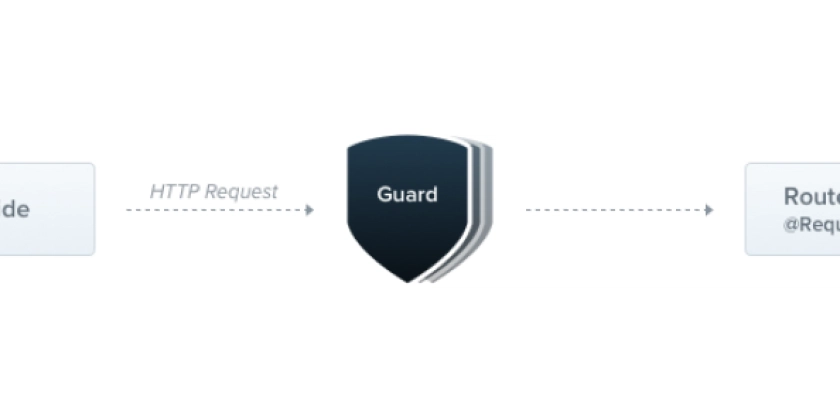
![California Software Companies: Unveiling Tech Leaders & Future Trends [2025]](https://media2.dev.to/dynamic/image/width=1000,height=500,fit=cover,gravity=auto,format=auto/https%3A%2F%2Fcontenu.nyc3.digitaloceanspaces.com%2Fjournalist%2F5bd5aa41-4877-4647-a4d3-4f4915a589fc%2Fthumbnail.jpeg)




